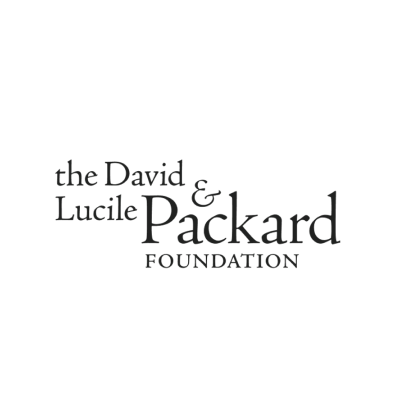Materials:
Textile/ fabric objects around your house
Your favorite writing and drawing instruments
A piece of paper
What are textiles?
Textiles or fabrics refer to materials made from fibers, thin threads or yarn, which are interlaced by a variety of methods, such as weaving, knitting, or felting.
Textiles play an essential role in human civilization, fulfilling some primary human needs, such as providing protection as clothing, or shelter as a canopy, tent or umbrella. Textiles can also be used as a medium for artistic expression.
What is fascinating about textiles is that you are likely to find it in one form or another in most households. Clothes, towels, and bed sheets are just a few examples of textiles.
Take a look around you and find textiles at your home!
Gather your textile (fabric) objects and examine them. Can you see how the threads are interlocked?
Look very closely and draw the patterns that you see.
Try drawing the different directions of the threads using different colors. Here are some examples:
Do you know what materials are used to make textiles?
Carefully examine your textile objects for clues – there might be a label with an answer! You can also ask family members to examine the textiles and explore the materials with you.
Textiles are made of fibers. A fiber is generally hundreds of times longer than it is wide, giving it a hair-like appearance.
Textile fibers can be created from many natural sources, as well as man-made materials (for example, polyester and rayon). To create textiles, the fibers are spun into yarns (remember the spinning wheel from Sleeping Beauty) and then woven into fabric.
Fibers define almost every aspect of a finished textile – the texture, color, weight, and how warm it will keep you. Touch your textile objects and feel their textures. Are all the fabrics the same?
Describe the textures of each object, then group objects with similar textile attributes together. Are the objects in each group made of the same fiber?
Try making your own piece of textile by following the instructions in the post “Learn How Textiles Are Woven”.















